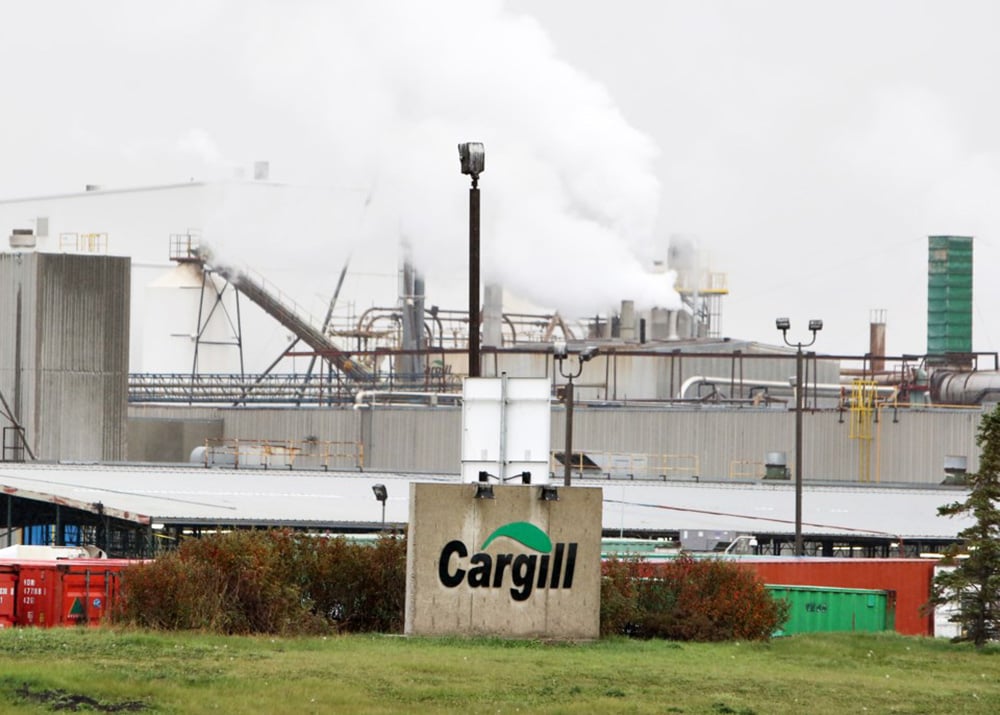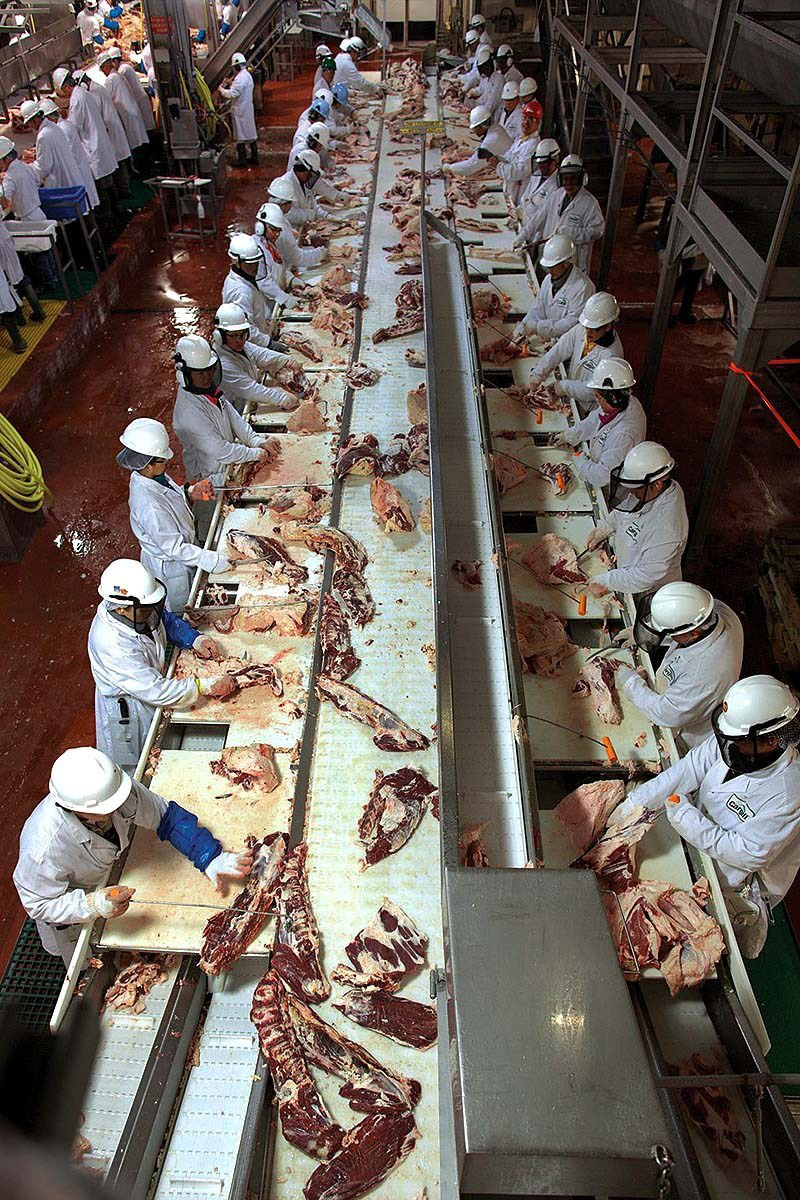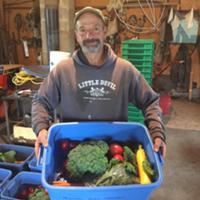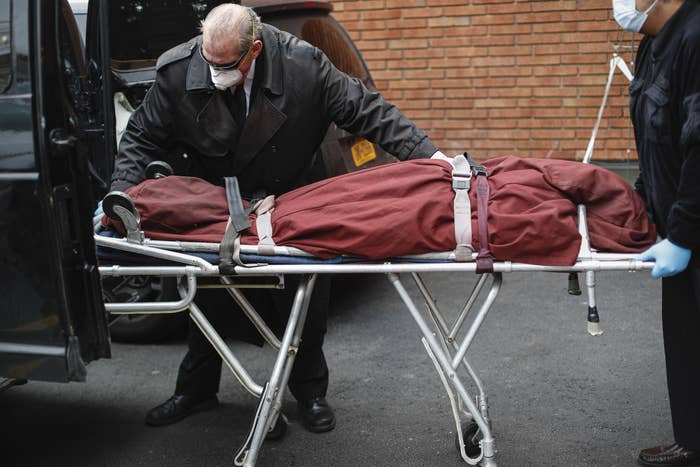
On the Love and Rage of Extinction Rebellion

XR has been the subject of both praise and criticism. It has been acclaimed for the radicalism of its practices and has made civil disobedience attractive to sections of the population that had never taken part in collective action. Together with other movements such as Fridays for Future, it has helped turn climate change into an unescapable issue. At the same time, XR has been criticised for not being “political” enough in its discourse, by appealing predominantly to “the white and wealthy”, and not engaging with the inequalities tied to climate change. Its proposals have (so far) often remained “awfully vague”.
There is some truth to all of that.
However, the first year of Extinction Rebellion succeeded in pushing the discussion “beyond politics”. From the traditional realm of parties, politicians, elections, and governments, it has entered a more visceral domain of politics concerned with the perpetuation of humans as a species. Humans have always raised existential questions about human life, existence, and its place among other creatures. The great acceleration of Western modernity covered up some of these questions under layers of “progress”, “growth”, and tales of human superiority. XR’s rage marks their return in an unmistakable way: it is the rebellion of modernity against its deadly trajectory.
Critics will argue that this existential turn comes at a price. Discussing human survival in absolute terms distracts from the debate about exactly how to organise this survival, in co-existence with the other humans and nonhumans around us. It does not address the very politics of extinction: priorities, plans, and a distribution of responsibility. Nevertheless, XR has the merit of doing at least that: inviting people to connect with the idea of human life, human extinction, to better understand it, and ultimately move beyond it. XR transformed the climate discussion into a matter of life and death by focusing on one particular part of human existence: affect.
Affect as driver of human existence
Affect is often reduced to a psychological phenomenon or a feeling experienced in response to a stimulus. But affect goes beyond emotion. It is, in fact, the very driver of our existence. Affect provides impetus for change and pushes people to take action.[1] Emotions and affects have tremendous mobilising potential. Indignation, to name just one example, is the affect that gets us fired up. It acts as the “raw material for revolt” in all kinds of political and social revolutions.[2]
Political ecology has always been pervaded with affect. Ecologists and environmentalists have long expressed both their love for “nature” and their rage in the face of environmental destruction. In 1962, in Silent Spring, Rachel Carson wrote about her deep love for the beauty of nature.[3] In the 1970s, Arne Naess developed the distinction between shallow and “deep” ecology, a movement that has been summed up as a non-anthropocentric philosophy of care and compassion.[4] In 1990, Christopher Manes wrote a book called Green Rage: Radical Environmentalism and the Unmaking of Civilization.[5] More recently, the concept of “solastalgia” has been developed to describe our emotional state of distress in the face of environmental destruction. The examples are plentiful.
What has changed is the resonance of this affective repertoire, on climate change specifically, within the rest of society.
XR is no exception to this tradition and in its discourse affect is everywhere. All official XR communication, from social media posts to newsletters, signs off “With love and rage”. The sharing of fear but also of hope and joy dominate the speeches and demonstrations of rebellion. As recently pointed out by XR co-founder Roger Hallam (speaking in a personal capacity) at the World Web Forum in January 2020: “it is no longer time for charts, it is time for emotions; it is time for courage.” But affect is also embodied in the practices and actions of the movement: the staging of funerals and die-ins taps into feelings of grief, its horizontal and grassroots structure creates communities of compassion, its protest actions are filled with euphoria and exhilaration. And through the blocking, the marching, the sitting, the hunger striking, XR is also bringing an existential materiality back into the picture: the body. It is literally putting bodies on the line to express a collective cry of resistance against extinction. Hence, XR does not just raise existential questions through “apocalyptic” rhetoric or, by some critical accounts, an exaggerated sense of urgency. It does so by appealing to people’s affective side, by speaking and performing “love and rage”.
But what has changed with Extinction Rebellion is not the role played by affect per se. After all, civil disobedience and many of XR’s rhetoric and tactics can be traced back to earlier social movements. What has changed is the resonance of this affective repertoire, on climate change specifically, within the rest of society. People are increasingly susceptible to being affected by climate change. Indeed, the success of XR, and other contemporary movements, shows that our ability to be “affected”, moved into action, by climate change has reached a broader scale.
An affective bifurcation?
For decades, climate change was confined to the worlds of academia and activism. Today, inaction in the face of climate change has become an explicit matter of indignation for millions worldwide, as the latest international protests have shown. 6 million people took to the streets in September 2019. The absence of policies to mitigate and adapt to climate change may have been tolerated yesterday, but, for increasing parts of the population, it is no longer.
But what exactly happened that might explain this recent “affective” bifurcation? From relative indifference to resistance and rebellion?
Has it been the simultaneous occurrence of different climate-change related disasters across the world, from heatwaves and floods to droughts and fires? The environmental awakening of a new generation? The explicitness of climate denial at the highest level, as seen in the election of Donald Trump and his withdrawal from the Paris agreement, and a subsequent reaction? The power of “affecting” images on climate change shared on an unprecedented scale? A deeper sense of disconnection with our current modes of existence and organisation?
In many people’s minds, the belief that “the end of the month” and “the end of the world” work against each other is still legitimate.
This is an important question. It is important because this affective bifurcation, the “love” and “rage” advocated by XR, still needs to emerge on a broader scale, both geographically and from a temporality point of view. The rebellion needs to include communities from the global South, all parts of the working class and the working poor, the most precarious populations, the most affected by climate change, and even the sceptical, conservative voter. It also, crucially, needs to prove its longevity; the uprising of rebels worldwide needs to yield long-term and transformative changes in our modes of existence and co-existence. The rebellion needs to be turned into a concrete plan, with options for solutions and difficult decisions.
The move from insurrection to profound renewal will not be easy. After over a year of intense mobilisations, one is forced to recognise that fundamental cleavages have not been bridged yet and that resistance is operating in opposite directions. In many people’s minds, the belief that the struggle for social and economic justice does not go well with ecological consciousness, and that “the end of the month” and “the end of the world” work against each other, is still legitimate. To find a contemporary example of this reality, one just need look to the streets: the gilets jaunes do not protest on the same days as the climate activists, with the same people, under the same banners.[6] There is no overwhelming feeling that “we are all in this together”. This observation need not be a reason for despair, however. Quite the contrary. The fact that these cycles of protest – the gilets jaunes and the climate movements – are taking place at the same time should provide reason to believe that a new story can be written. By those taking the streets, but also by all the others who are observing, supporting, and analysing what is going on, and those inside political institutions.
Coming down to earth
Ultimately, love and rage need an outcome. They need to be channeled into a story, or multiple stories, that make sense; perhaps all the way “down to earth”. This is the proposal recently suggested by French philosopher Bruno Latour in an essay that unpacks “politics in the new climatic regime”.
What does this mean?
Nobody knows exactly. But many have great ideas. Stories of “worlding” (Donna Haraway) that would replace the ideals of “globalising”. Stories where we look at the earth differently, from inside, rather from “the big outside”, and where we embrace it as a complex system in which we are just one part among a multitude of others. [7] Translating these ideas into the way we re-design our modes of existence requires opening our minds and letting go of some of our convictions. As Dipesh Chakrabarty argues, it calls for thinking on “very large and small scales at once, including scales that defy the usual measures of time that inform human affairs”, as climate change has created contradictory stories between “our divided human lives and societies, and the story of our collective life as a species”. It will require throwing away things that have been taken for granted for centuries. That the world, for example, operates in neat categories: that humans and nature are separate, that the “objective” is more valuable than the “subjective”, or that rationality is always preferable to affectivity, to name just a few. It will probably require letting go of our vision of “the individual”.
This attempt to think “inside the globe” whilst simultaneously responding to the climate emergency will require huge amounts of creativity.
XR, whether consciously or not, invites us in that direction. On an explicit level, it does so by continuously speaking the language of existence and extinction, reminding us of the competing temporalities at play in the new climatic regime and our vulnerability as a species. It reminds us that, in the Anthropocene, the distinction between humans and nature has become scientifically irrelevant, as traces of human activity can be found everywhere: from the composition of the atmosphere, to the cells of our own bodies. And it does so, not just by displaying charts and quoting figures, but also by tapping into the affective connections that tie us to the terrestrial beings around us. Lastly, by celebrating both the power of sciences and the power of love, it suggests that these two repertoires might not compete, but rather complement each other. From this perspective, XR is not just another, albeit radical, contentious actor. It also opens a space to question deep-rooted beliefs that have structured centuries of Western thought and imagination.
Admittedly, discussing these theoretical questions seems somewhat out of touch with the urgency and immediacy of solutions that are required here and now. We still need to do something, act with what is at hand today, however imperfect it might be. It is this challenge – this attempt to think “inside the globe” rather than “outside the box” – whilst simultaneously responding to the climate emergency, that will require huge amounts of creativity. This seems all the more urgent as love and rage already dominate geopolitics today, but in fundamentally different directions: there is love towards one’s people but hate towards others; there is longing for a derelict past (as seen in Brexit) and rage against “the establishment”.
Love and rage have always set us in motion, for better and for worse. XR invites us to channel them in one direction, despite its vagueness and imperfections. The next step is to populate this journey with concrete stories and actions, to go beyond our fear of extinction.
[1] Frédéric Lordon (2016). Les affects de la politique. Paris: Le Seuil.
[2] Michael Hardt and Antonio Negri (2009). Commonwealth. Cambridge, Massachusetts: the Belknap Press of Harvard University Press.
[3] Rachel Carson (1962). Silent Spring. New-York: Houghton Mifflin.
[4] Eccy de Jong (2016). Spinoza and Deep Ecology: Challenging traditional approaches to Environmentalism. Abingdon: Routledge.
[5] Christopher Manes (1990). Green Rage: Radical Environmentalism and the Unmaking of Civilisation, Little, Brown & Company.
[6] They have done on some occasions but these have remained rather marginal compared to the scale of the mobilisation of the respective movements.
[7] Such as proposed in the Gaia hypothesis of James Lovelock.























